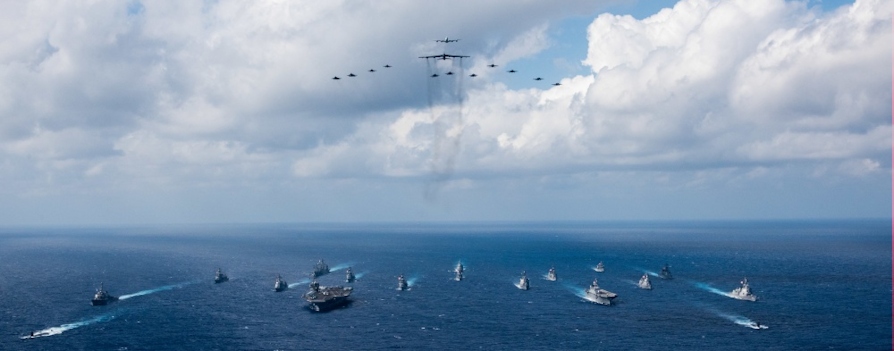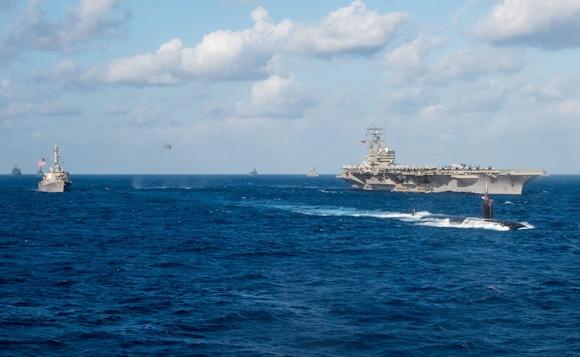The 28 October, with a joint statement, the Armed Forces of the United States of America and the Japanese Self-Defense Forces kicked off the "Keen Sword" exercise, a bilateral maneuver that takes place every two years in the lands of the Rising Sun. The current nineteenth operational maneuver of this type sees the participation of 10.000 US military and 47.000 Japanese as well as an impressive number of vessels and airplanes, with a support terrestrial / amphibious component.
Among the American units present at the exercise there are: elements of the Pacific Fleet, the American Forces Command in Japan, 7a Fleet, 5a Air Force, 374o transport flock, 18o flock, 35o flock hunting and III Force of Shipping of the Marines. For the first time, two vessels from the Royal Canadian Navy Forces (Royal Canadian Navy) will also participate, while observers from different partner countries will be able to monitor the progress of the exercises.
In the words of General Jerry P. Martinez, commander of the American Forces in Japan: "Keen Sword will give the US Armed Forces and the Japanese Self-Defense Forces the opportunity to practice aerial, maritime and amphibious exercises necessary for the defense of Japan and for regional security. At the same time, the exercise is a visible demonstration of the strength and durability of the Nippo-American alliance and our common goal to keep the Indo-Pacific region free and open.". Regarding the absolute novelty of the Canadians' participation in the Japanese-American maneuvers, General Martinez further commented: "These developments are a positive sign of our shared interest in expanding partnerships and increasing multilateral collaboration in the Indo-Pacific".

At this point we can not fail to think that the main recipient of the "showdown" is precisely China, guilty according to Washington and Tokyo to pursue an expansionist and intransigent policy that, in its goal of achieving total control of the islands of the Sea South China and Taiwan, aims to upset the balance of power in an area of the world absolutely vital in the strategic designs of both the United States and Japan. Meanwhile, in the South China Sea, the Chinese and American destroyer fleets compete in dangerous showdowns without quarter.
Seen from above, the strategic chessboard of the South China Sea and the Eastern Sea is more and more like a dangerous risiko with an unpredictable end result.

(photo: US Navy)












